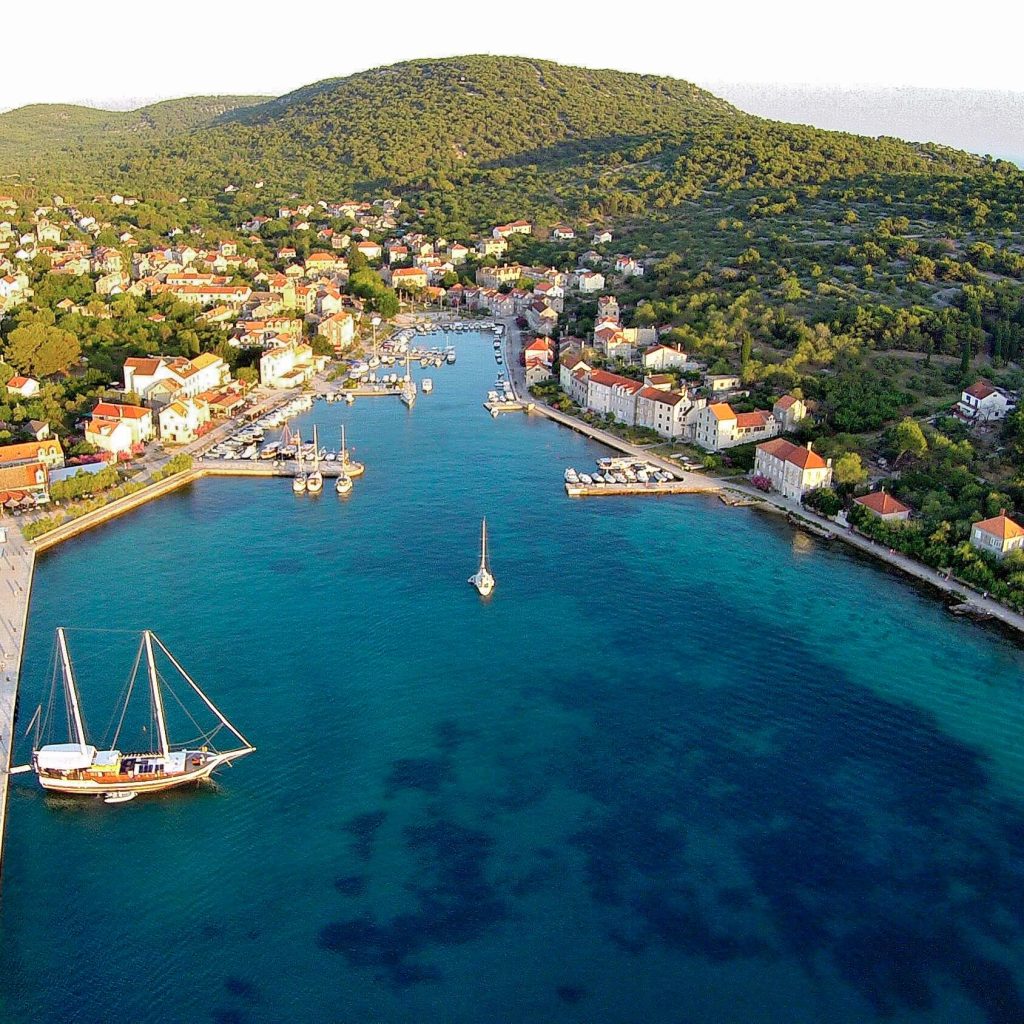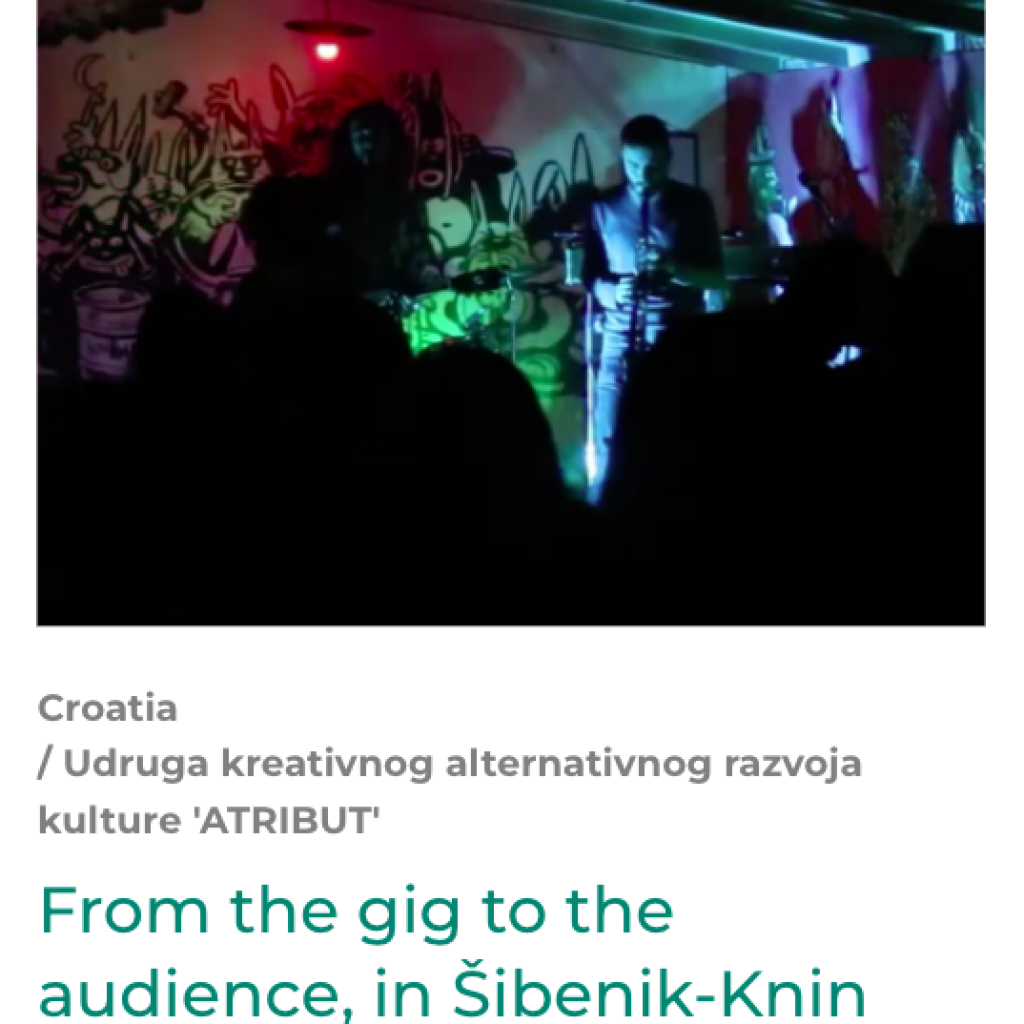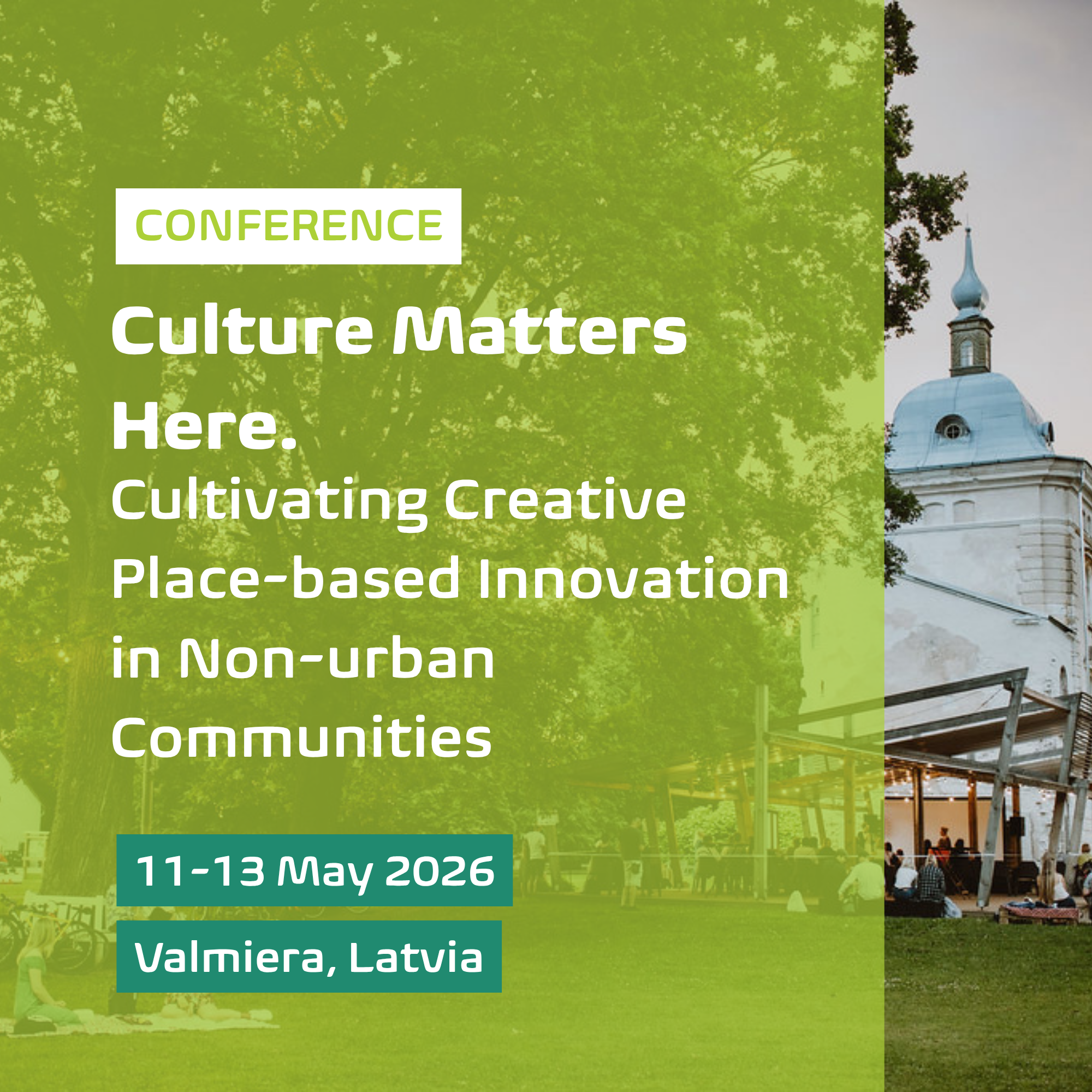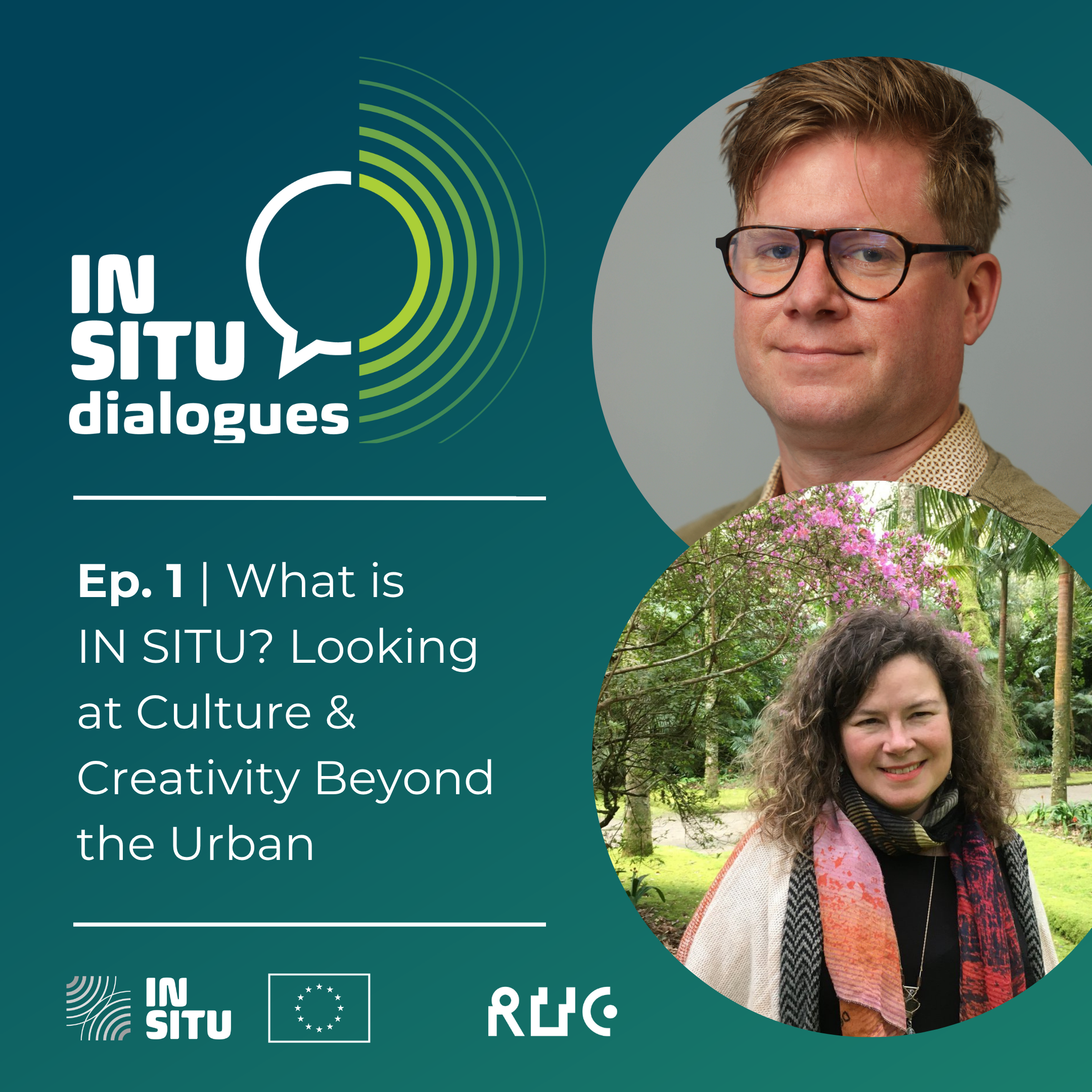Šibenik-Knin County is situated in the southeastern European periphery, on the Croatian Adriatic Coast. The total area of Šibenik-Knin County is 5,670 km2 (2,994 km2 land, 2,676 km2 sea) including 285 islands. The Šibenik-Knin County has 96.624 inhabitants and Šibenik (administrative centre) has 42.589 inhabitants (2021 statistics). The economic and transport isolation of this area has conditioned negative demographic and socioeconomic trends that are expressed in higher at-risk-of-poverty rates.

Generally speaking, key issues and challenges are related to the great pressure of tourism during the tourism season as most environmental burdens are caused by tourism. Environmental pressures are largely defined by increased air emissions and water usage, higher concentrated amounts of waste, increased noise and traffic, and the construction of infrastructure. Other issues are connected to the fact that large part of the natural heritage is not yet valorized, there is a high level of use of conventional energy sources in industry, the existence of areas with suspected mines, a low share of separated collected waste, and high risks of fires, earthquakes, floods, and droughts.
In terms of cultural characteristics, the focus of the area is on the preservation and valorization of its natural and cultural heritage based on the sustainable governance of its rich archaeological heritage, concentrated in the coastal local communities. Different cultural and creative industries (CCIs) actors operate in the county, with the public institution Fortress of Culture Šibenik is a key organization. This organization manages two revitalized Šibenik Fortresses and House of Arts Arsen, the city stage for music and stage events, cinema screenings, plays, and exhibitions.
(photo: Gojko Vukov Colić)
Key issues identified in the CCIs sector are: the lack of financial capacities of stakeholders, especially civil society organizations and freelance artists; artists’ under-capacity to cope with administration and complicated legislation; brain-drain, insufficient, and underdeveloped human resources; a lack of working spaces, especially for civil society organizations; the need for better intersectoral cooperation and stronger municipal support to realize the potential of the cultural and creative industries in the region.
CROATIA LAB TEAM: Dea Vidovic, Antonija Letinic, Tamara Zamelli
CASE-STUDY PROJECTS in Croatia Lab Region






